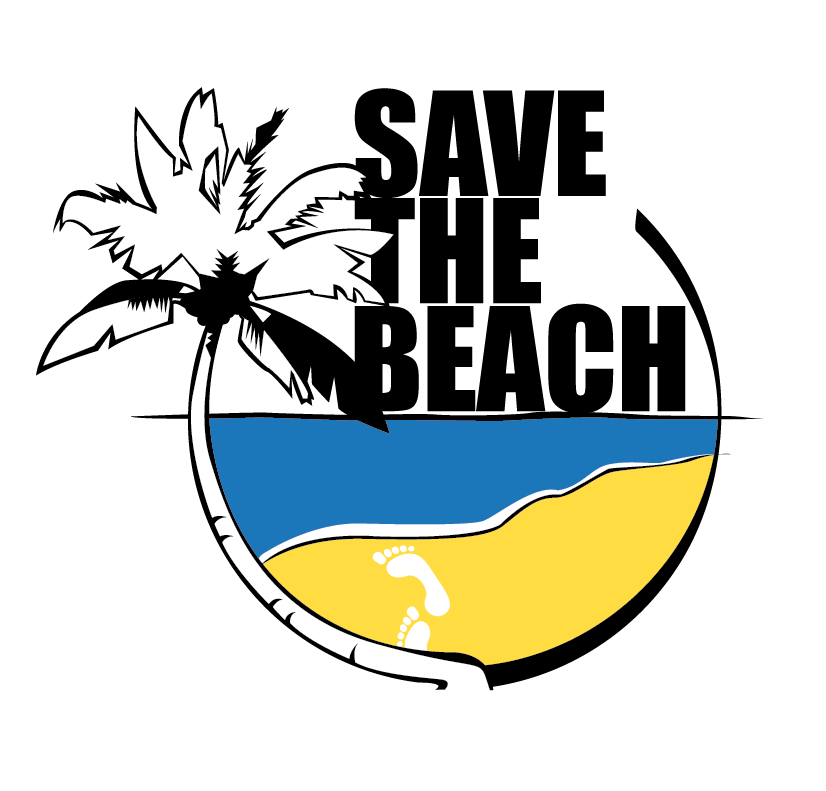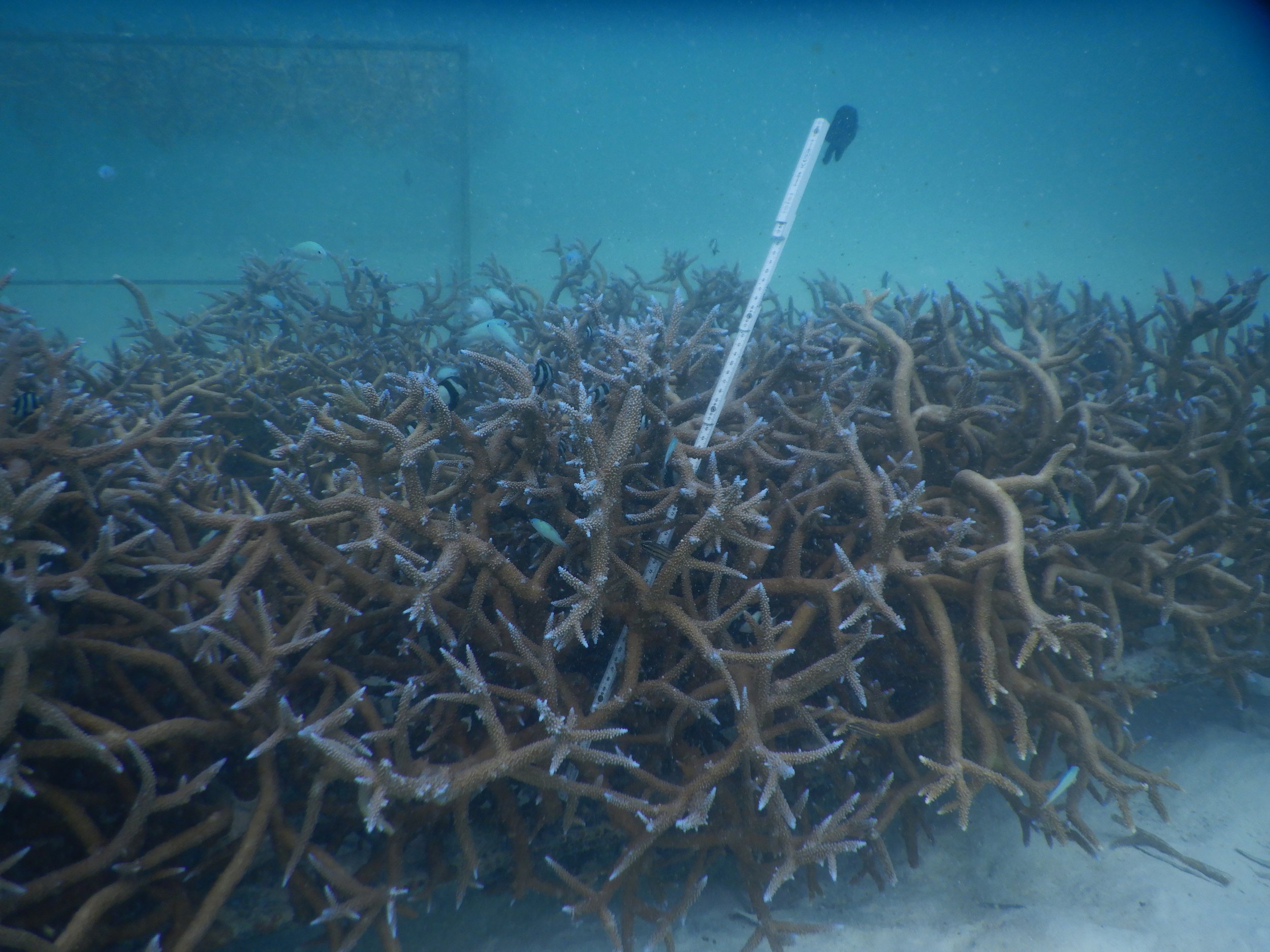meeru island resort & spa coral garden
project report
INTRODUCTION AND NEW MEASUREMENT METHODOLOGY:
The coral restoration project started in Meeru Island Resort & Spa in April 2017, in response to the massive bleaching event of May 2016.
In May 2017 the nursery presented different methodologies of active coral restoration:
- More than 15 beds were filled with coral plugs
- A star shape frame hosted corals attached with the cable ties
- Concrete rocks, used to recreate the natural reef environment, presented corals glued with concrete.
In total, in the nursery were growing more than 5000 coral fragments.
The aims for this coral restoration project were mainly two: recreate an area where tourists could enjoy the beauty of a healthy coral environment, and relocate the grown-up colonies back on the reef to help the rehabilitation of the house reef of Meeru Island Resort & Spa.
After 2019 we managed to visit again the site in November 2021.
To determine the corals’ growth rate we performed two survey dives. Due to the incredible dimensions of the colonies, we could not use the callipers like we used to do, but had to switch to a foldable meter. As The meter was placed from the base of the corals and the longest branch was measured. Since new beds were added and the old ones moved, it was not possible anymore to identify singularly the same old fragments, so we randomly sampled 60 colonies from the old beds.
CORALS GROWTH RATE FROM MAY 2017 TO NOVEMBER 2021:
The following chart shows the fragments’ growth rate since May 2017.
In 2017 when the coral fragments were planted they measured an average length of 4cm. After 2 months, in July, the average length increased by almost 1cm. In February 2018, after 7 months, the average length of branches increased by 10cm, keeping up with the good growth trend.
After almost 3 years, in November 2021, the average coral branching length reached a value of 46.6cm.
The table next to the chart shows the values of the measurements.
BEFORE AND AFTER ASSESSMENTS AND PRESENT PROBLEMS:
After 3 years of lower maintenance, the nursery went through many changes.
First of all, the nursery area became shallower losing almost 2m. In 2017, the depth of the area used to be around 6m, while now the deepest point measures only 4.5m.
Due to this sand movement, and the weight of the adult colonies, many of the old beds planted in 2017 are now sinking into the bottom and the corals are hitting the sand. When part of a branch touches the sand, it stops growing and the tissue dies.
We noticed that other frames were planted through the years and different methodologies were added (e.g. corals tied with rope). These corals are also growing big and healthy thanks to the good environmental conditions.
Due to these modifications, we tried to complete a new mapping of the site, although due to the very low visibility more surveys will be needed.
On the left: Map of the coral nursery in 2017.
On the right: Map of the coral nursery in 2021.
To give a clear idea of how much the fragments grew, we grouped some pictures from 2017-2018 (first block of figures) and some from 2021 (second block of figures).
The corals today look healthy and strong. Ready to be relocated to the reef.
2017
2021
Considering our previous data about the fish community, we can easily affirm that in these years it changed and developed. In fact, In the past 4 years, the fish community increased widely together with its biodiversity, the best example is the Blue-stripes Snapper (Lutjanus kasmira). Today this species of Snapper is easily spotted in big schools, even though in 2018 it was not present in the nursery. The same applies to many species of corallivorous Butterflyfish (e.g. Chaetodon meyeri, Chaetodon tringulum, ecc.) which are now present thanks to the high coral cover.
SOLUTIONS AND CONSIDERATIONS:
Considering the actual state of the old beds we highly recommend not leaving the adult colonies sinking more in the sand.
Since they are now adult colonies the best action will be to relocate them back to the reef. This final stage of the coral restoration will allow the restoration of the natural environment of the reef.
All the corals planted on the old beds were attached to cement pods. This makes it easy to carefully move and attach them to a dead portion of the reef.
The idea is to move the adult colonies and to keep planting new corals in the nursery. Hopefully, we will be able to bring Meeru’s reef back to its original beauty.
Also, considering the strong erosion happening on the east side of the island we would suggest to relocating part of the corals on the reef in front of the bungalow, the three-dimensionality of a healthy reef could actually protect the beach from the erosion caused by the waves.








